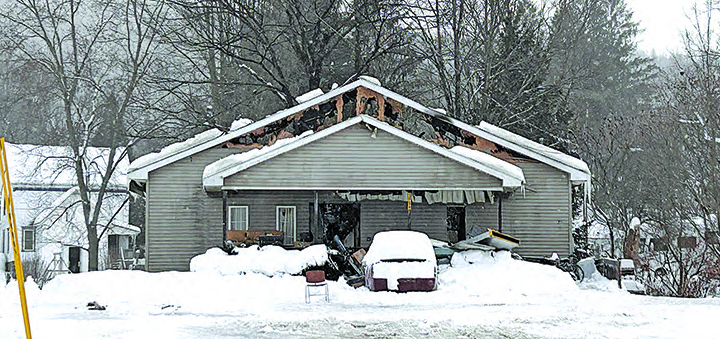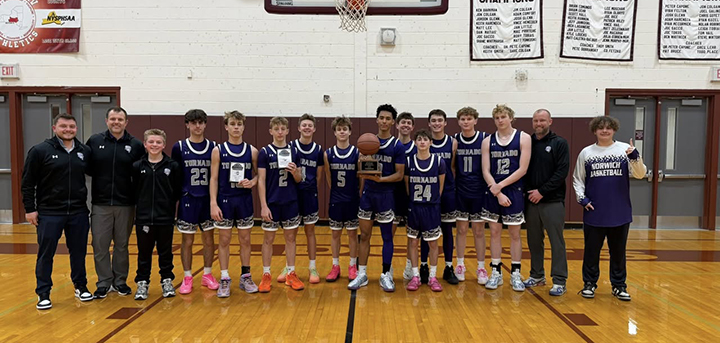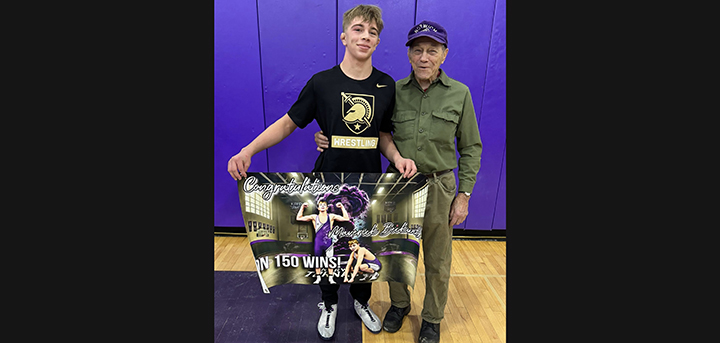Play it conservative at Seven Oaks Golf Course
If a poker player saw me make my first play, he would have advised me to fold, gather my chips, and go home. Sometimes, it just isn't your day.
We visited Seven Oaks Golf Course Monday afternoon, the we including Rick Ferris, Mark McLaughlin, and Mark's friend, Bill. This was Bill's "working lunch," so we are leaving his last name out of this article upon request.
I gained some solace that I wasn't the only one who suffered through poor play. In fact, I think we all struggled with not only poor shotmaking, but terrifically challenging greens that were as fast as any we have seen this season.
Mix in fluffy rough, water hazards, big, greenside bunkers, and pin positions that were in tricky spots, you would think the course was set up for a tournament.
Upon review, Seven Oaks was, indeed, host to a recent tournament as the U.S. Junior Amateur Regional Qualifier was held the previous week.
The course, challenging on any given day, was still flexing its muscles from the tournament conditions.
"I think the greens were a little faster and the rough was a little longer because of the (qualifier)," McLaughlin said.
Early on in the round, my playing partners let me know that Seven Oaks is a Robert Trent Jones design. Jones, who died in 2000, was among the more prolific golf architects designing – or redesigning – about 500 courses in the United States and around the world.









Comments